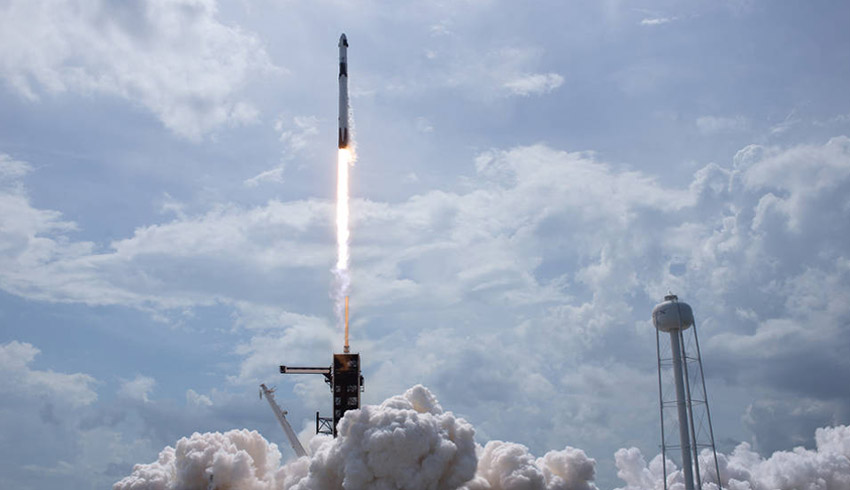
IMAP will help researchers better understand the boundary of the heliosphere, a magnetic barrier surrounding our solar system. This region is where the constant flow of particles from our sun, called the solar wind, collides with winds from other stars.
This collision limits the amount of harmful cosmic radiation entering the heliosphere. IMAP will collect and map neutral particles that make it through, as well as investigate the fundamental processes of how particles are accelerated in space, from its vantage point orbiting the sun at the Lagrange 1 point directly between the sun and Earth.
The total cost for NASA to launch IMAP and the secondary payloads is approximately $109.4 million, which includes the launch service and other mission-related costs.
The secondary payloads to be included with the launch of IMAP are: NASA’s Lunar Trailblazer mission, two additional NASA heliophysics missions of opportunity yet to be named, and the National Oceanic and Atmospheric Administration’s Space Weather Follow On-Lagrange 1 (SWFO-L1) mission.
The IMAP mission is targeted to launch in October 2024 on a Falcon 9 Full Thrust rocket from Launch Complex 40 at Cape Canaveral Air Force Station in Florida.
NASA’s Launch Services Program at the agency’s Kennedy Space Centre in Florida will manage the SpaceX launch service. The mission is led by Princeton University in New Jersey, in partnership with Johns Hopkins Applied Physics Laboratory in Laurel, Maryland. NASA’s Goddard Space Flight Centre in Greenbelt, Maryland, is responsible for the mission’s overall management, system engineering, integration, and testing and mission operations.
IMAP offers wide-ranging and ground breaking opportunities for scientific discovery. For example, IMAP reveals how cosmic rays are filtered by the heliosphere. These particles pose risks to astronauts and technological systems. They may even play a role in the formation and presence of life itself in the universe.
The IMAP science team consists of many of the world’s leaders in instrumentation, data analysis, theory and modeling, and understanding of particle acceleration and the global heliosphere. The mission is led by PI Professor David McComas in the Space Physics at Princeton Group.
Together, IMAP’s 10 instruments provide the first comprehensive in-situ and remote global observations to discover the fundamental physical processes that control our solar system’s evolving space environment. Additional information about the mission can be found in the Open Access IMAP Paper.
Receive the latest developments and updates on Australia’s space industry direct to your inbox. Subscribe today to Space Connect here.












